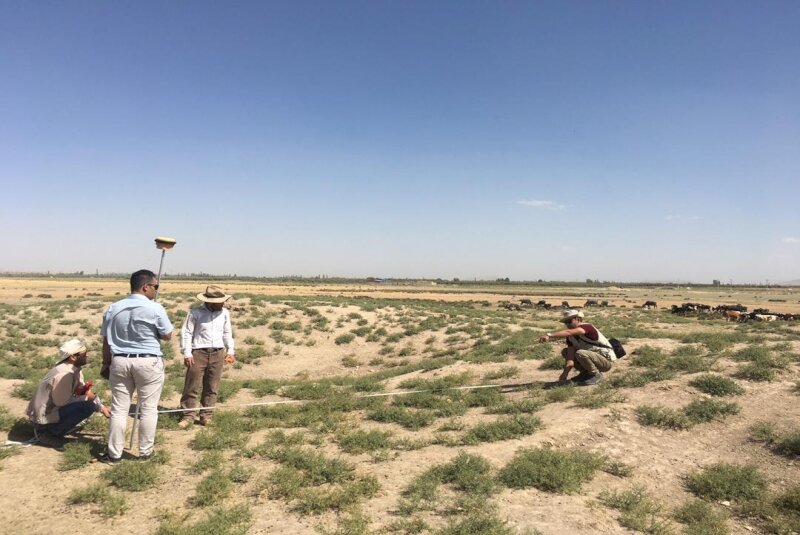Archaeological survey begins on Dalma Tepe after six-decade hiatus

TEHRAN – A fresh archeological survey has been commenced on Dalma Tepe, in Naqadeh, northwestern West Azarbaijan province after a hiatus of some six decades, the provincial tourism chief has announced.
Following decades of interruption in its studies, the first season of the archaeological survey of Dalma Tepe has been undertaken in collaboration with the Cultural Heritage and Tourism Research Institute under the supervision of the province's cultural heritage department under prehistoric studies of northwestern Iran and the Lake Urmia basin, Jalil Jabari said on Wednesday.
The prehistorical site was excavated during 1958 and 1959 for a brief period by British archaeologist Charles Allen Burney, and again by Canadian archaeologist Theodore Cuyler Young in 1961, the official explained.
Situated a short distance south of Lake Urmia, Dalama Tepe is estimated to date back to the 5th millennium BC.
The historical site, which was inscribed on the national heritage list in 2006, is located near Tepe Hasanlu, another significant Iron Age site in the region that is mostly known for a millennia-old gold bowl discovered in 1958.
West Azarbaijan embraces a variety of lush natural sceneries, cultural heritage sites, and museums including the UNESCO sites of Takht-e Soleyman and Qareh Klise (St. Thaddeus Monastery), Teppe Hasanlu, and the ruined Bastam Citadel.
The region was home to several ancient civilizations. According to Britannica, it was conquered by Alexander the Great in the 4th century BC and was named Atropatene after one of Alexander’s generals, Atropates, who established a small kingdom there. Ultimately, the area returned to the Persian (Iranian) rule under the Sasanians in the 3rd century CE.
ABU/AFM
Leave a Comment